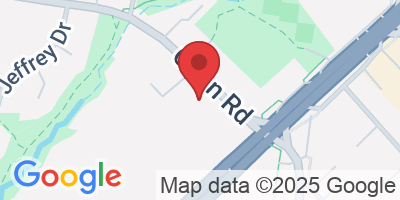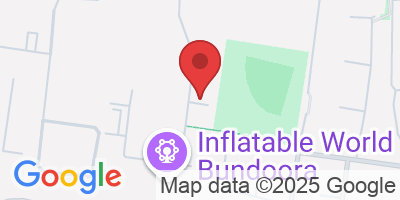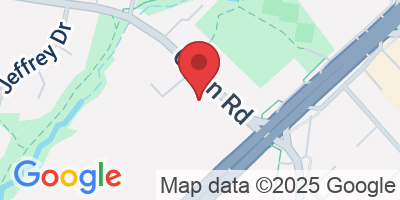Everything An Athlete Needs
In One Place
Our Strength and Conditioning Gym & Sports Rehab Facilities In Bundoora & Ringwood Help You Get Back To Sport & Maximise Your Performance

Excellent coaching and great programs set made for improving performance in your chosen sport, good facility and awesome vibes. - Angus
You Play Sport,
We Do The Rest.
Our Performance Consultants Are In The Corner Of Every Aspiring Athlete. We Provide A Complete System For Sports Performance, With Strength & Conditioning, Sports Physiotherapy, Concussion Management and Recovery Services At Our Facility.
Our Physios Have Been Trusted By

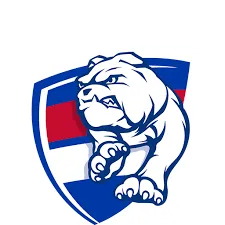
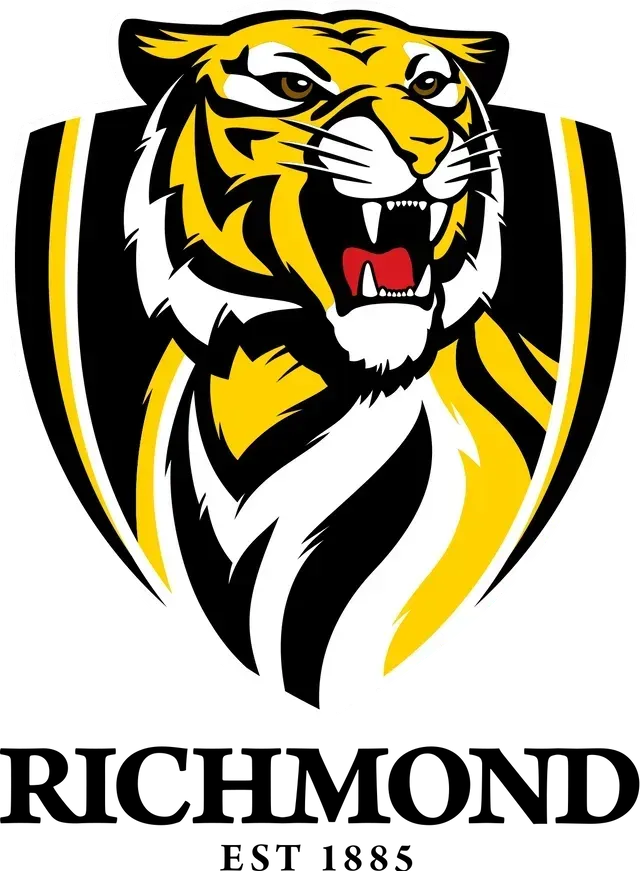
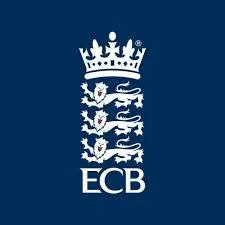


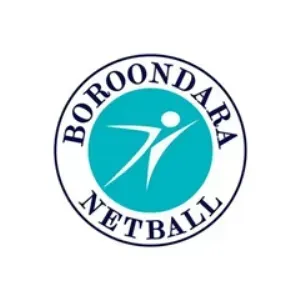






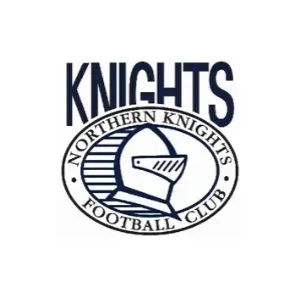















01

Athlete Performance Program
High Performance Training Throughout Your Entire Season.

Sports Physio
Sport Specific Injury Management & Prevention


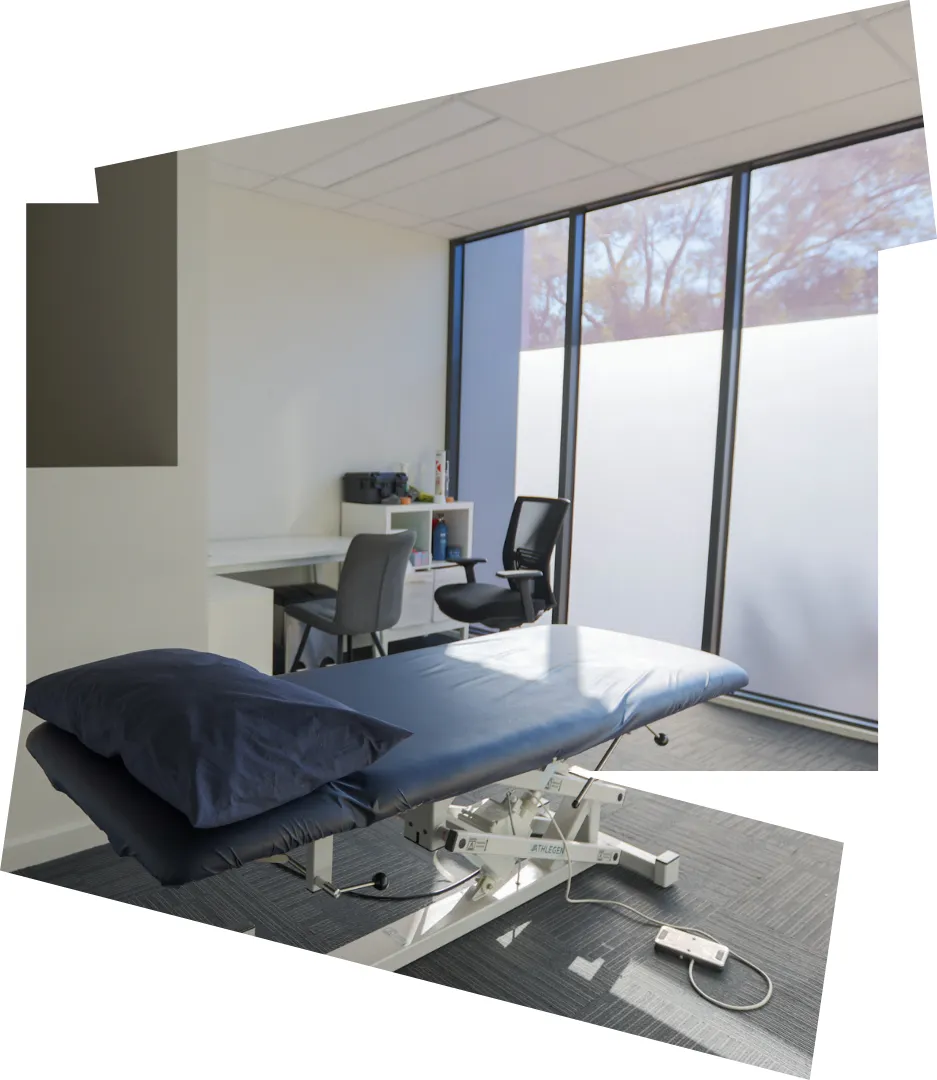

03

Concussion Clinic
Keeping Your Brain Safe With Up To Revolutionary Concussion Care
01

Athlete Performance Program
High Performance Training Throughout Your Entire Season.
02

Sports Physio
Sport Specific Injury Management & Prevention
03

Concussion Clinic
Keeping Your Brain Safe With Up To Revolutionary Concussion Care
Performance is for all of us.
We offer comprehensive coaching, team support, and science-backed tools to enhance every facet of life for all those we serve.
200+
5 Star Google Reviews
2000+
Athletes Coached
15+
Professional Athletes
Pivot Sports Performance
Coaches prepare you and your teams for workplace success.
With our experts and your commitment, athletes at our Bundoora & Ringwood facilities will excel in sports performance.
Testimonial
Here's What People Are Saying
Blogs
Latest and Greatest

Osgood-Schlatter’s Treatment for Young Athletes | Knee Pain Physio
🦵 Osgood-Schlatter’s Disease: What Young Athletes (and Parents) Need to Know
Pain at the top of the shin in growing athletes is often dismissed as "just growing pains" — but in many cases, it’s Osgood-Schlatter’s disease. While it’s a common condition in junior athletes, it’s frequently misunderstood and often mismanaged.
At Pivot Sports Performance, we see Osgood-Schlatter’s regularly in footballers, netballers, soccer players, track athletes, and gym-goers aged 10–16. The good news? Most cases can be managed without time off — as long as you load it the right way.
🧠 What Is Osgood-Schlatter’s Disease?
Osgood-Schlatter’s is a traction apophysitis — which means the patella tendon (connecting the kneecap to the shin bone) pulls on a still-developing growth plate at the tibial tuberosity (the bump on the top of the shin). During rapid growth phases, the bones lengthen faster than the muscles and tendons can adapt — causing tightness, irritation, and pain.
It’s most common in:
Active kids aged 10–16
Athletes in sports involving jumping, sprinting, kicking, or landing
Periods of rapid growth or sudden spikes in training
🔍 Common Symptoms of Osgood-Schlatter’s
Pain or tenderness at the top of the shin, just below the kneecap
A noticeable bony bump that may swell or become prominent
Discomfort with jumping, sprinting, kneeling or squatting
Pain that worsens with activity, particularly after training
Stiffness after sitting or first thing in the morning
Note: It’s usually one-sided, but can occasionally occur in both knees.
⚠️ Myths About Osgood-Schlatter’s
❌ “It’s just growing pains — ignore it”
While it is growth-related, untreated overload can cause unnecessary pain and lead to poor movement patterns.
❌ “You have to stop all sport until it goes away”
Not true. In most cases, athletes can continue playing with a properly adjusted load and rehab plan.
❌ “It’ll go away with rest”
Pain may ease temporarily, but if the underlying load issue isn’t addressed, symptoms often return.
🏋️ Rehab Strategy at Pivot Sports Performance
Our goal is to keep athletes playing safely while managing symptoms and restoring function. Every case is different, but our approach includes:
✅ Load Modification — Not Elimination
We help adjust volume, intensity, and recovery around games and training. Some athletes need to back off jumping and sprinting volume — but full rest is rarely necessary.
✅ Strength Progressions
We focus on:
Quadriceps strength through isometric and controlled eccentric loading
Hamstring and glute strength to offload the knee
Improving lower limb force absorption and single-leg control
✅ Flexibility and Mobility
Tight quads, hip flexors, and calves can increase traction on the growth plate. We prescribe targeted mobility, not just generic stretching.
✅ Movement Coaching
We assess and correct movement patterns during jumping, sprinting, and landing — which reduces strain on the knee and builds confidence.
🧪 Return to Play Criteria
We don't use timelines alone. Instead, we progress athletes based on:
Pain-free squats, lunges, and jumping
Strength symmetry and hop testing
Confidence during sport-specific movement
Bony tenderness that no longer limits function
Most young athletes continue training with some restrictions, then gradually return to full intensity as their symptoms improve.
🏁 How Long Does It Last?
Symptoms can fluctuate across months to a year, depending on:
Growth rate
Sport demands
Load management
Rehab compliance
However, long-term outcomes are excellent when the condition is treated proactively. The bony lump may remain, but the pain doesn’t have to.
✅ Final Word
Osgood-Schlatter’s doesn’t mean your child has to sit out their season. With the right education, strength work, and activity plan, they can stay active — and return stronger.
At Pivot, we work with junior athletes across all codes to reduce symptoms, improve movement, and protect future performance. If your child has knee pain at the top of their shin, don’t wait for it to “go away.” Get it assessed properly and manage it the right way.

Download Your
High Performance Hacks Here
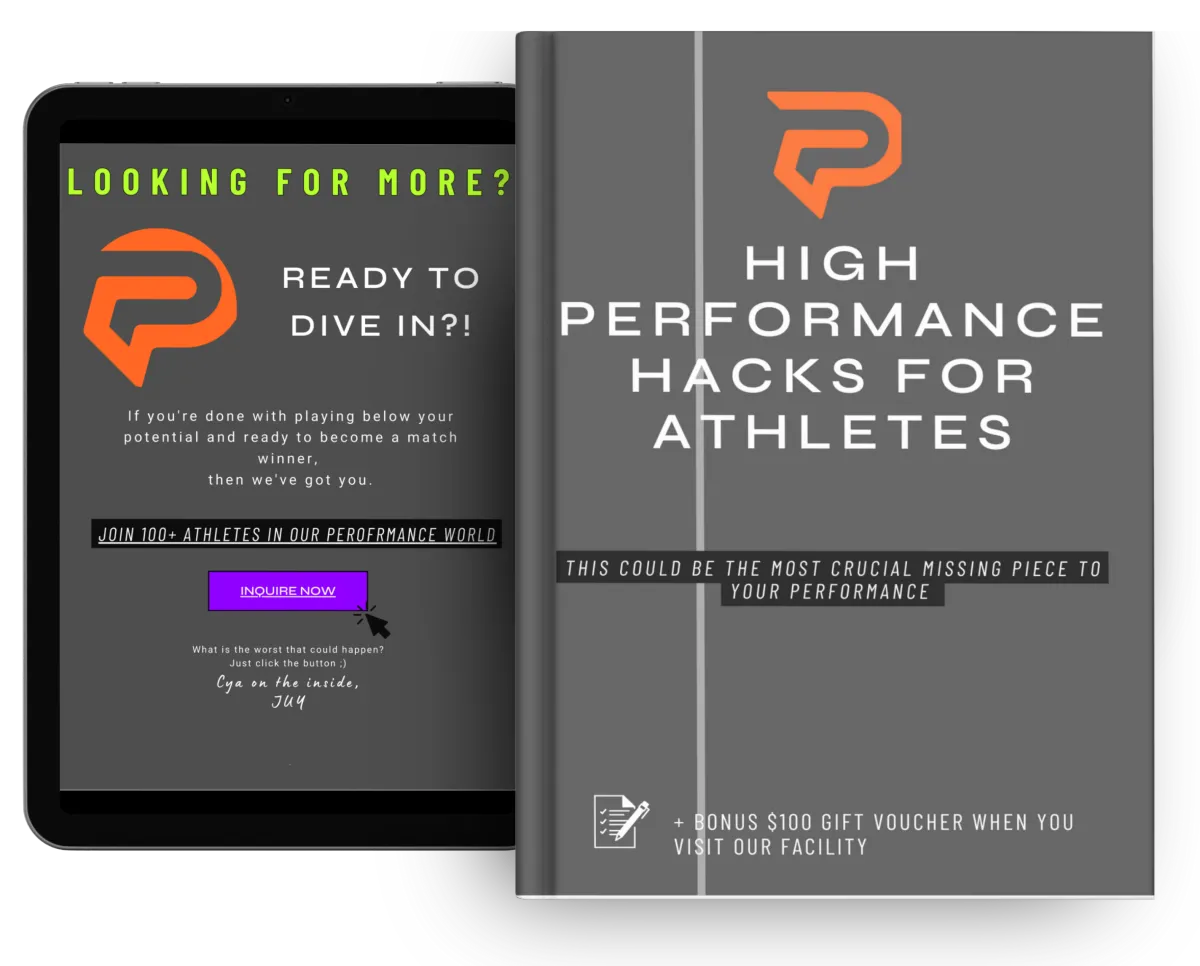



Do you like the look of working with us?
Contact Us
We’d love to hear from you. We consult for individual athletes and sports teams. Tell us what you’re looking for, and we’ll guide you to the services that are right for you (even if that's not with us!).
Website & Marketing Powered By Gymini







